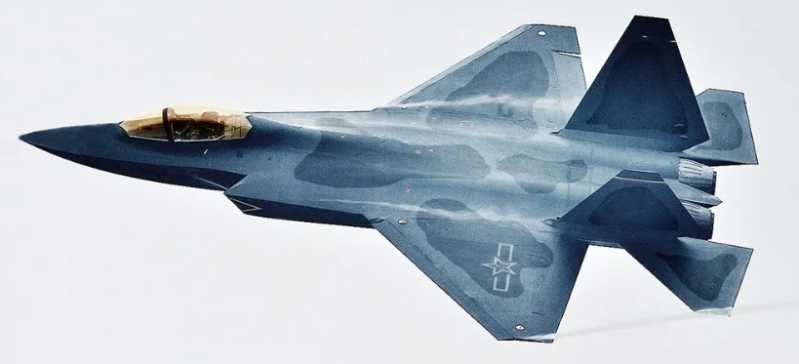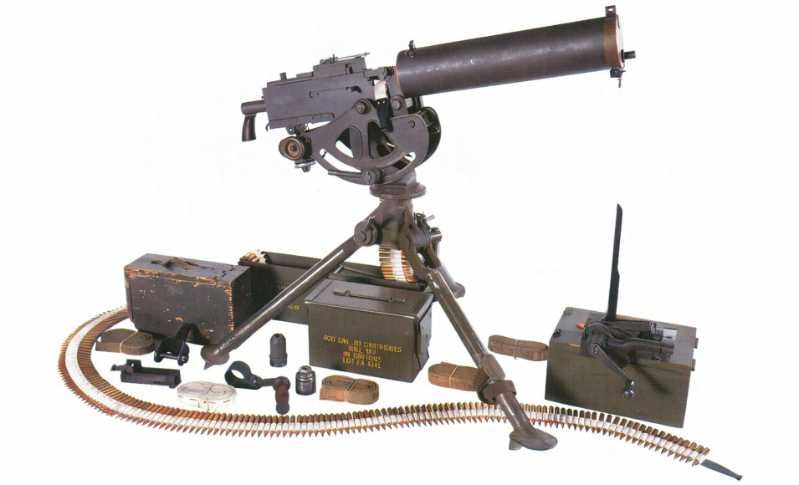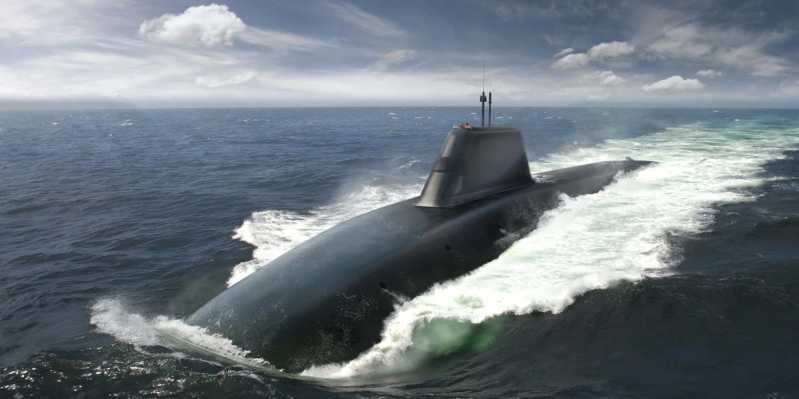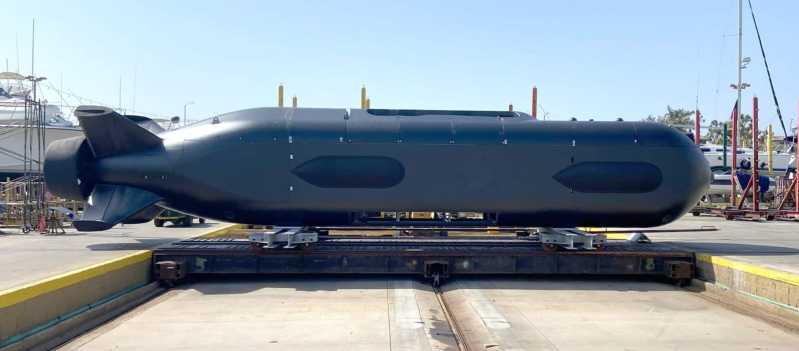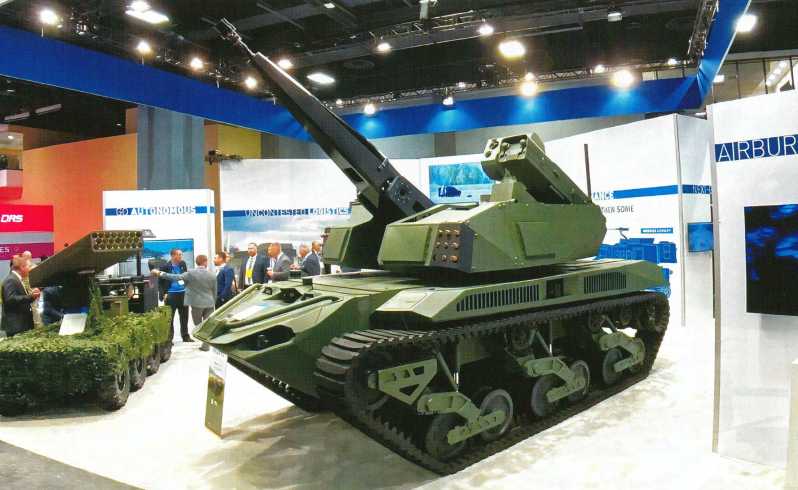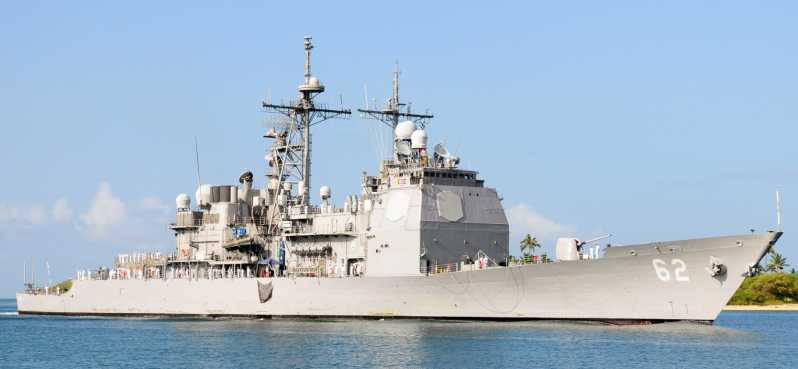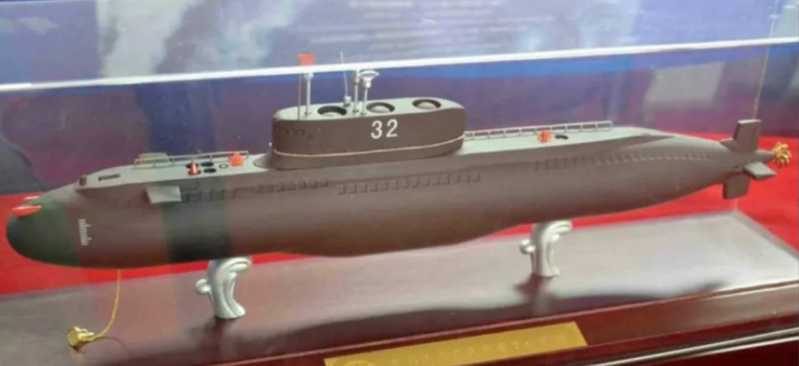In recent days, the news that Pakistan is going to buy China’s J-31 has been a hot topic. According to the "Arab News" report on January 3, at the Pakistan Air Force’s new equipment commissioning ceremony held on January 2, Pakistan Air Force Chief of Staff Babar revealed: "The foundation for purchasing the J-31 stealth fighter has been laid. In the foreseeable future, the J-31 stealth fighter will become part of the Pakistan Air Force fleet." So, will the FC-31 fly to Pakistan? Why does Pakistan want to buy the FC-31? If Pakistan buys the FC-31, what configuration version will it be? After the FC-31 flies to Pakistan, what impact will it have on the geopolitical situation and air force power comparison of the Indian subcontinent?
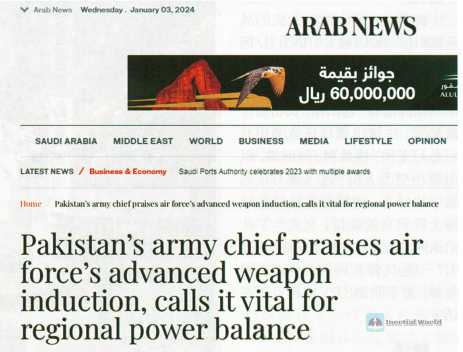
Will FC-31 fly to Pakistan?
I wonder if you still remember that Pakistani Interior Minister Sheikh Rashid Ahmed once said that he wanted to buy China’s J-20C.
According to the Global Times, Pakistani Interior Minister Sheikh Rashid Ahmed said at a press conference in early March 2022: "We have the J-10C... One day, I’m not sure when, the J-20C will also come to Pakistan."
And the words of this interior minister are not groundless. You know, it was this interior minister who first revealed that Pakistan purchased the Chinese J-10C. When he first said that Pakistan wanted to buy my country’s J-10C, many people in China did not believe it, because the J-10C had only been equipped with the Chinese Air Force for a few years and was considered a main fighter in use. How could it be exported so quickly? But later facts proved that the words of the Pakistani Interior Minister were correct. Pakistan later purchased dozens of new J-10C fighters.
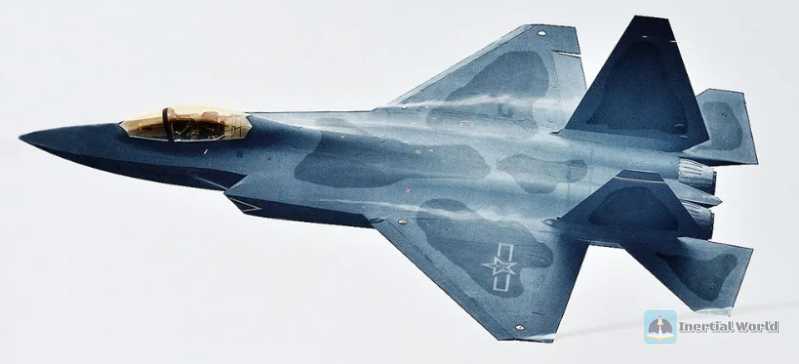
Then, the question is, in the matter of Pakistan’s future purchase of stealth fighters, is the words of the Interior Minister true, or is the words of the Air Force Chief of Staff true? Does Pakistan want to buy the J-20 or the J-35 (FC-31)?
First of all, the J-35 is the self-use model code of the FC-31, indicating that the aircraft has been favored and purchased by the PLA users. Whether it is the Air Force J-35 or the Navy carrier-based J-35, it is expected to meet the public in the near future. The FC-31 is the export version of the J-35. According to my country’s arms export management practices, the FC-31, which can be named as the FC-31 and appear at public defense exhibitions such as the Zhuhai Air Show and the Dubai Air Show, must have obtained the key proof of the export model - the arms export license. In other words, the FC-31 has been put on the shelf by us, but the J-20 is different. As of now, this trump card weapon of our army has no official certification for export, that is to say, the J-20 is still "not for sale" for the time being.
Let’s look at Pakistan’s attitude again. It is normal for the Pakistani Interior Minister to express his desire for the J-20. First of all, China is an old friend of the Pakistan Air Force and has provided the Pakistan Air Force with a variety of fighters and trainers. In particular, the Chengdu Aircraft Industry Corporation has achieved good results and accumulated a solid trust relationship in the cooperation with Pakistan on the "Super Seven Plan" and the J-10CE. Pakistan fully believes in the technical capabilities and product strength of the Chengdu Aircraft Industry Corporation and the Chengdu Aircraft Design Institute. Secondly, for Pakistan, it has always wanted to have a twin-engine heavy fighter to counter the Indian Air Force’s Su-30MKI heavy fighter fleet. The capabilities of the J-20 are not possessed by medium-sized single-engine fighters such as the F-16C/D and the J-10CE.
But the Pakistan Air Force has a good tradition, that is, being pragmatic, and planning what kind of war it can fight based on what kind of equipment it can get. Since the J-20 is not for sale, the FC-31 export model can also meet the Pakistan Air Force’s demand for stealth fifth-generation fighters. So from this point of view, the statement of the professional Pakistan Air Force Chief of Staff is more reliable and authoritative, and closer to the facts. In other words, Pakistan once expressed its willingness to purchase the J-20, but in the end, the result that both sides were satisfied with was that the FC-31 flew to Pakistan.
Why does Pakistan want to buy FC-31?
Why does Pakistan want to buy FC-31? The Pakistani Air Force has a tradition, which is the "elite route". Compared with its arch-enemy India, Pakistan’s population, economic aggregate and natural resources are incomparable. Its war potential and military size are obviously inferior to India. It is obviously unrealistic to compete with India in the number of combat aircraft. Therefore, the Pakistani Air Force has always focused on quality rather than quantity, and has worked hard on the performance of purchased fighters, requiring the single-machine equipment capability to have an advantage over the Indian Air Force, and using quality advantages to counteract and offset the Indian Army’s quantitative advantage. This strategy has been very successful. In many wars and conflicts between India and Pakistan, the well-equipped and well-trained Pakistani Air Force has always been the best performer among all Pakistani services.
Before the Indian Air Force introduced the Rafale, the Pakistani Air Force’s fourth-generation F-16C/D plus the JF-17 had a clear technical advantage over India’s Su-30MKI and the aging Mirage-2000, which had not undergone major repairs and upgrades in recent years. The threat of India’s introduction of the Rafale was quickly offset by Pakistan’s introduction of the J-10CE "Mighty Dragon". In recent years, India has been making a big fuss about internal research and external introduction, clamoring to equip fifth-generation stealth fighters, which obviously puts pressure on Pakistan, which does not yet have fifth-generation aircraft. Pakistan’s own aviation industry is weak and obviously cannot compare with India, so it is the first choice for the Pakistani Air Force to continue to maintain its equipment advantage and take the route of elite troops by obtaining fifth-generation aircraft earlier than India.
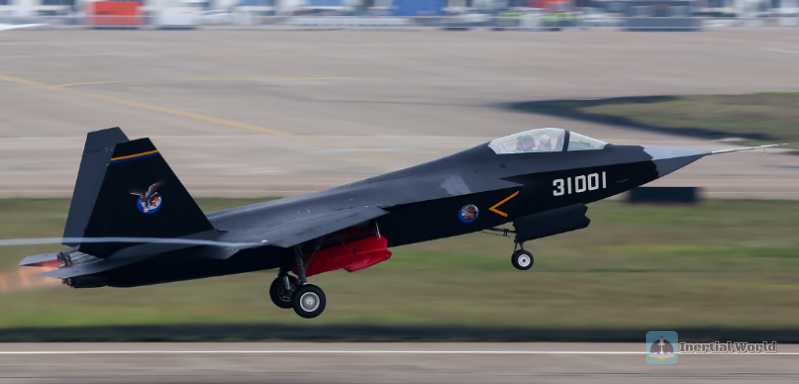
What is the version of FC-31?
Since its launch, FC-31 has had multiple versions, including FC-31 1.0 version, 2.0 version, and the upcoming PLA self-use Air Force version of J-35, Navy carrier version of J-35, etc. So, which version does the Pakistan Air Force have a chance to get?
FC-31 1.0 has a thin and light body, good maneuverability and agility. Compared with the F-35, it is definitely lighter and belongs to a medium-sized aircraft. Its stealth modification and other aspects are also relatively rough. It belongs to the level of a technology verification aircraft and is definitely difficult to enter the eyes of the demanding Pakistan Air Force. The FC-312.0 version is heavier and strengthened, reaching the prototype level, and is the basis of the self-use J-35.
So, what the Pakistan Air Force is looking at should be the J-35A based on the 2.0 version for its own use. Like the J-10CE, the J-35A cannot fly directly to Pakistan, but must be specially modified and configured according to Pakistan’s requirements to meet the needs of the Pakistan Air Force. We might as well call this version FC-3IAE.
For the Pakistan Air Force, the advanced technologies it desires mainly include: advanced active phased array radar + integrated aiming helmet, which will give Pakistan Air Force pilots powerful combat capabilities. Whether far or near, they can firmly grasp the air combat advantage. Secondly, the stealth performance will enable the Pakistan Air Force to win at least a few years of generation gap with India. According to data, the Indian Air Force’s AMCA fifth-generation fighter will be in service at least until 2030~2035. If the Pakistan Air Force can introduce FC-31 around 2025, it may win a decade of overwhelming technological advantage over the Indian Air Force.
According to the data, the engine of the current FC-31AE version should be the Klimov RD-93 engine used in the early test flight of FC-31, and later, it may be replaced with the domestic WS-13E engine, which is considered to be a domestic imitation model of RD-93. On the latest FC-31 model that will be unveiled in public at the Dubai Air Show in 2023, there seems to be a new adjustment at the tail of the engine, which is seen by the outside world as a sign that the new FC-31 will replace the domestic new engine. If the WS-19 engine is really replaced, it will definitely be good news for the FC-31AE. First of all, with the help of the engine replacement, this new fighter not only extends the combat radius and combat range, but also increases the bomb load, and the performance becomes more outstanding. It is worth noting that the FC-31 fighter also has supersonic cruise performance and has a maximum flight speed of 2.2 Mach, which is incomparable to the F-35A joint attack/fighter. Based on this, this fighter has better air defense and ground attack performance than those FC-31 fighters equipped with RD-93 and WS-13E models, and has achieved a change in technical confrontation. Secondly, the replacement of FC-31AE with Chinese engines means that the power supply is no longer subject to the production capacity and quality restrictions of the Russian supply chain, and can better meet the needs of Pakistani Air Force users.
The impact of FC-31 on the Pakistani Air Force
The entry of FC-31 into the Pakistani Air Force has a significant impact on the Pakistani Air Force and even the geopolitical situation in Southeast Asia as a whole
First of all, after the FC-31 enters the service of the Pakistani Air Force, it is most likely to be defined by the Pakistani Air Force as the number one main force in the fight for air supremacy, because the FC-31 stealth fighter has an overwhelming advantage over the fourth-generation and fourth-generation and a half fighters in air combat, and due to the design of the built-in magazine, the FC-31 itself has its limitations in ground attack. The Pakistan Air Force can rest assured that the air superiority combat mission currently undertaken by the F-16C/D and J-10CE will be mainly completed by the FC-31. The F-16C/D and J-10CE with stronger ground precision strike capabilities will be released to give full play to their technical advantages in battlefield interdiction and ground air support. In this way, the arrival of FC-31 not only enhances the air superiority capability of the Pakistan Air Force, but also greatly enhances the ground attack capability of the tactical air force. It can be said that the Pakistan Air Force has completely overwhelmed its arch-enemy, the Indian Air Force, in these three basic mission functions of the tactical air force.
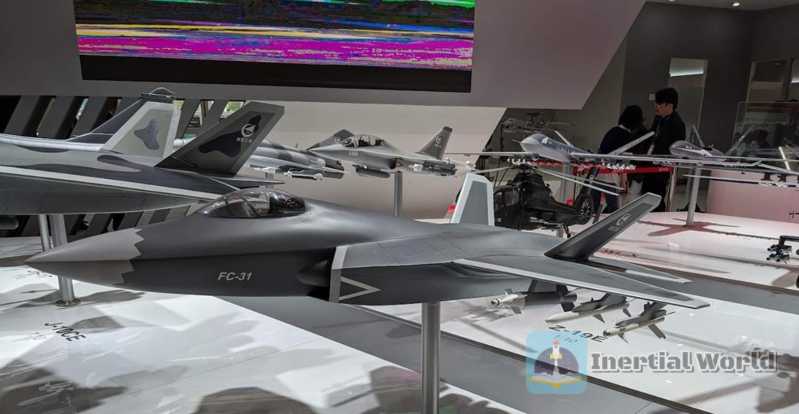
Secondly, the FC-31 has other expansion capabilities. For example, carrying bombs or precision-guided missiles to penetrate stealthily and perform surgical precision strike missions. Pakistan is facing the pressure of the war on terrorism. In addition to deterring India, this capability of FC-31 is undoubtedly bad news for terrorist organizations such as the Pakistani Taliban.
FC-31 also demonstrated its ability to carry external weapons and ammunition at the air show, which means that if necessary, FC-31 can also perform battlefield interdiction and close air support missions like F-16C/D, and can do better than F-16C/D.
Third, if FC-31 is delivered to the Pakistan Air Force and reverses the combat power comparison between the two air forces, it will put tremendous pressure on the Indian Air Force and force India to accelerate the search for fighter jets that can match it. However, from the current point of view, India’s purchase and self-developed fifth-generation aircraft are not reliable enough, and there are many uncertainties and long cycles. For example, is the United States willing to sell F-35 fighter jets to India? And can Russia’s ill-fated Su-57 and the Su-75 fighter jets that have not yet landed satisfy the Indian Air Force, which has a big appetite and high requirements? Can the aircraft be delivered within the time that the Indian Air Force can tolerate? And can India’s DRDO and Hindustan Aeronautics HAL realize all the boasts they made at AMCA? These are all unknowns. Pakistan’s certainty and India’s uncertainty are one of the biggest sources of confidence in Pakistan after the FC-31 flew to Pakistan.
The FC-31 flying to Pakistan also has a very good impact on the FC-31 itself. The FC-31 flying to Pakistan will be the first successful military sale of this type of fifth-generation aircraft, and the target of the military sale is precisely the Pakistani Air Force, which is very knowledgeable and has a good reputation in the world for its military literacy and combat effectiveness. This is undoubtedly an excellent advertisement. After the "Fierce Dragon" was equipped with the Pakistani Air Force, it gradually opened up the international market and won a good reputation for the Chinese Air Force fighter. FC-31 will not only have the potential to replicate the success of the "Fierce Dragon", but may even go further. At present, the international competition models of FC-31 are mainly F-35, Turkey’s "Khan" fighter, and South Korea’s KF-21 fighter. Among them, FC-31 is the one with a more mature technical status and a relatively high technical level. It has a leading position. The reputation of Pakistan, a gold medal user, will greatly increase the possibility of other countries in the world choosing FC-31. At present, a large number of F-16, Su-27 and other models in the world have been retired, and there is a good opportunity for upgrading. Whether it is South Korea, Turkey or Russia, they are far inferior to my country in terms of comprehensive fighter technology and production capacity. FC-31 will use Pakistan as the best springboard and is expected to become a star fighter in the international foreign trade market. Ω


